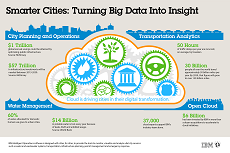October 18, 2013
RICS is first professional body to introduce BIM standard
 The Royal Institution of Chartered Surveyors (RICS) has become the first global professional body to introduce the first recognisable building information modelling (BIM) standard. Employers and clients are struggling to find industry accepted criteria on which to base knowledge of practitioners’ BIM skills, while BIM competent professionals lack a single indicator that will demonstrate their abilities to the sector. This has resulted in different assessment methods being used across the industry. RICS’ BIM Manager Certification aims to assure contractors, consultants and investors that the professionals and firms delivering construction and infrastructure projects have the relevant knowledge, experience and skills to implement BIM at an industry tested and approved level. (more…)
The Royal Institution of Chartered Surveyors (RICS) has become the first global professional body to introduce the first recognisable building information modelling (BIM) standard. Employers and clients are struggling to find industry accepted criteria on which to base knowledge of practitioners’ BIM skills, while BIM competent professionals lack a single indicator that will demonstrate their abilities to the sector. This has resulted in different assessment methods being used across the industry. RICS’ BIM Manager Certification aims to assure contractors, consultants and investors that the professionals and firms delivering construction and infrastructure projects have the relevant knowledge, experience and skills to implement BIM at an industry tested and approved level. (more…)
























October 25, 2013
Economic recovery, the changing psychological contract and the future of the office
by Mark Eltringham • Comment, Facilities management, Flexible working, Workplace design
(more…)